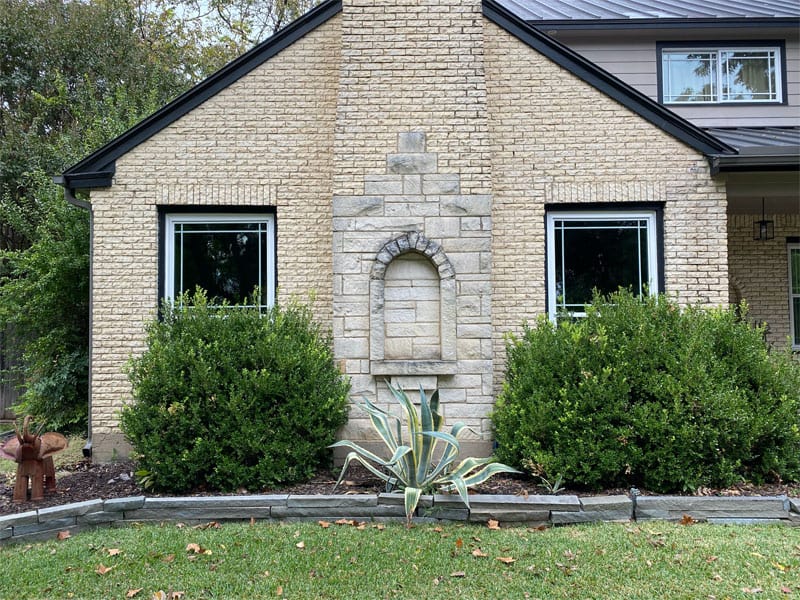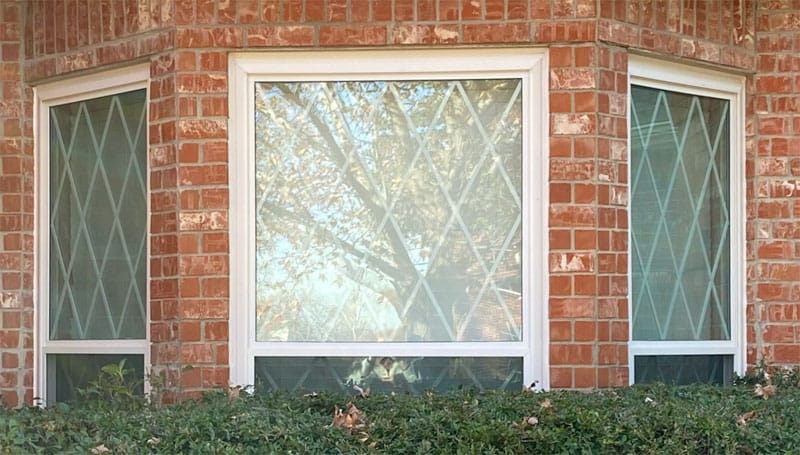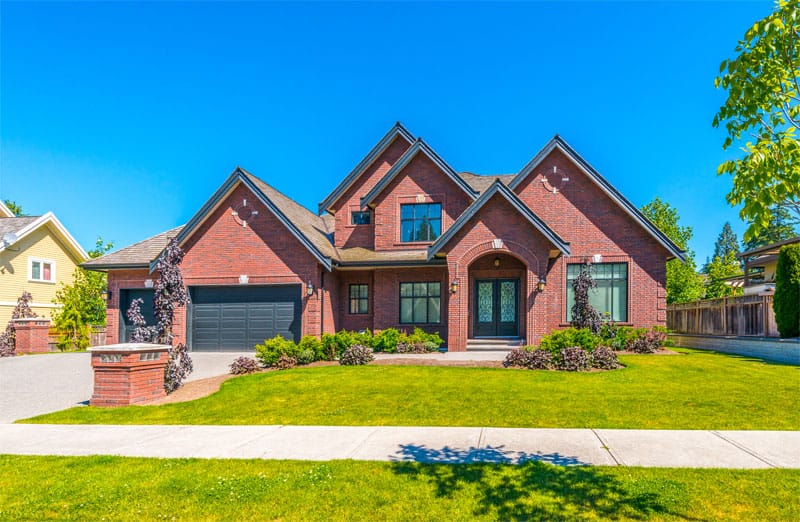Window Grids
More often than not window grids make the biggest difference in the aesthetic of your new replacement windows. While many Texas homeowners choose to purchase their replacement windows with out grids to maintain the ‘modern’ look. Others express an interest in custom grids when they price their project. Those easily distinguishable glass dividers are widely known for their hand in style, and cleaning functionality on newer windows. But it is little known the first ever grids actually served a vital role in the creation of modern windows. Prior to advancements in logistical technology grids were paramount to the window fabrication process. In the early 1600’s human beings had a tough time transporting oversized windows from the manufacturing site to the house that was being constructed. Whether by sea, or horse and carriage, glass producers found their windows would break in transit time and time again. In an effort to combat this issue, manufacturers invented grids in the form of wooden inserts. These wooden inserts allowed manufacturers to construct windows in smaller pieces of glass and provide the inserts to builders so they could safely assemble each window upon delivery. After erecting the window, the wooden inserts would stay in place — thus making the first ever grid.
Window Grid Styles
From the most modern grid styles to the timeless classics, these are the most popular styles used in Dallas – Fort Worth and Houston. If you are in the market for window replacement and are still considering the many sizes and styles of windows, grids, screens, and colors, it is important to focus on which type of grids look best with certain styles of houses. Oftentimes the style of grid a homeowner chooses turns out to be the most important purchase point in terms of look and style. 
Colonial Window Grids
The most popular style of grids used in windows in Dallas – Fort Worth are known as Colonial grids. Colonial grids are most known for their clean appearance and classy look. Colonial window grids commonly split the windowpane evenly and create a series of smaller panes of glass. Colonial grids are extremely common in home that were built recently. It has been said that the colonial grid pattern gives modern homes a new age look while still affording the home a classic elegant vibe.
Prairie Window Grids
Prairie grids are popular in traditional American homes and are making a resurgence in Modern American Architecture as well. The prairie-style grid pattern consists of 9 unequal panes per sash, or pane of glass in a window. A large center pane is surrounded by 4 rectangular panes and 4 smaller panes – one in each corner of the window. Some argue that prairie grid patterns on your windows can create a sense of a larger living space since there’s the illusion of more light. 
Diamond Grids
Diamond grids are exactly what they sound like. Most often the diamond grid pattern can be seen in Victorian homes, as well as homes that want to simulate classic European architecture. Diamond grids are not as common as a many other modern grid patterns, but they are still used on many window replacements projects today. Diagonal muntin technology create a diamond grid system of small panes of glass, which as referred to as lites. With modern technology, many new windows are now made of a single glass pane. The diagonal grille pattern is repeated in both this exterior window and the transom window above the door.  Maverick Windows recently completed a modern home in The Colony that utilized diamond grids on several of their windows to create the look of a historic European castle. This specialized combination is not common but was an easy job for our highly trained install team.
Maverick Windows recently completed a modern home in The Colony that utilized diamond grids on several of their windows to create the look of a historic European castle. This specialized combination is not common but was an easy job for our highly trained install team.
Victorian Grids
Unlike prairie style homes, Victorian homes evolved out of the Gothic style, which appealed to the romantic Victorian idea that fashion, architecture and furnishings should be beautiful rather than practical. Victorian homes are typically large and imposing with outer walls made of stone. They’re also characterized by embellished, decorative trim and bright paint colors. Because Victorian homes are atypical, so are their window grilles. Diamond grille patterns are typical on older Victorian homes. You’ll also often see Colonial-style grille patterns with 6-8 glass panels at the top of double hung windows, called a Victorian grille.
Final Thoughts: Grids or No Grids?
These days grids are purely about looks, so choosing grids for your replacement windows in Austin, TX comes down to preference. If you like the way windows look with grids, then you should get them. On the other hand, if you are not a fan of these patterns, you should consider purchasing replacement windows with no grids. However, there are still a few things that you should be aware of:
- Windows without grids are easier to clean, as there are no obstacles in the glass. However, some windows with grids, especially when they are on the inside of the glass, can still be cleaned with ease. What’s more, if you have double-pane windows, the grids can be placed in between, making cleaning a breeze while keeping the unique style of the window .
- When it comes to beauty, it has to be mentioned that window grids can create some beautiful lighting effects inside as the sun rays pass through each of the glass panes separately, and if you’ve seen this in action, you’ll know how stunning it looks.
- Colonial-style homes benefit from window grids the most, as that style rarely goes without grids. Contemporary and ultra-modern homes look best without grids.
- Grids are known to obstruct the view you have through the window. So, you should only get replacement windows with grids if you don’t care much about the view, or if it doesn’t matter that much to you.
In ending, purchasing grids doesn’t have to be a make it or break decision. However, it is a onetime decision that will have a major effect on how much enjoyment your new windows will bring you. Chances are you will only replace your windows once, so make sure you review all possible choices prior to making a purchase.

